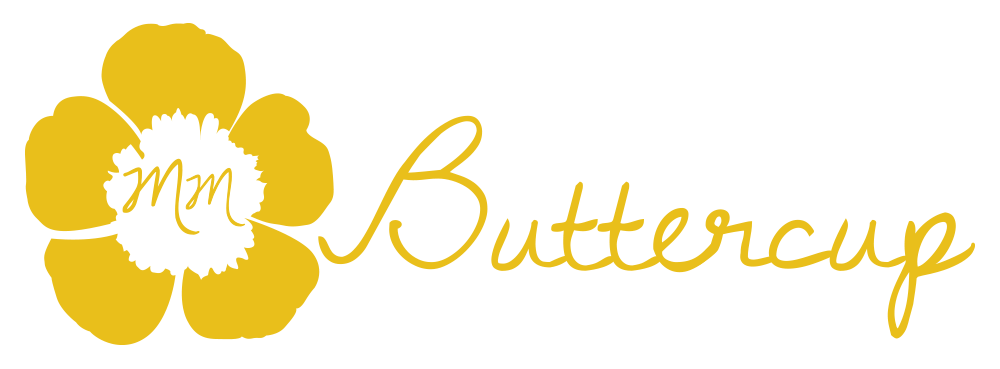I first noticed my daughter hitting her Pile-ology milestone at 30 months of age when one day she removed all the toys from a toy box to create a pile on the bedroom floor. She studied her pile. She touched her pile. She smiled at her pile.
Then she grabbed as many things from her pile as would fit in her tiny arms and moved her toys from her bedroom to the living room where she continued to marvel at the pile she created.
Starting around two years, toddlers begin doing something I call: Pile-ology. During play, the child experiments with size and quantity concepts. Pile-ology is the study of piles. Children gather quantities of items, with diverse shapes and sizes, from one location and transfer them to study in another location.
This type of play does not seem to be practice for a future career at Mayflower or Graebel Van Lines - as far as I can tell. The Swiss theorist, Dr. Jean Piaget, studied his own children. I can imagine Dr. Piaget sitting in a sandbox with a clipboard, observing his children at play, and recording every movement. The Piagets must have had amazing scrapbooks and family records. I'll bet he was able to answer questions like, "Dad, how old was I when I first used a pincer grasp, said my first word, started pulling to stand, or making piles?"
If you happen to notice your child engaging in Pile-ology the next time he or she is at play… no need to panic or call hoarders anonymous. Pile-ology is a typical milestone. Your little scientist is trying to make sense of this marvelous world we live in.

